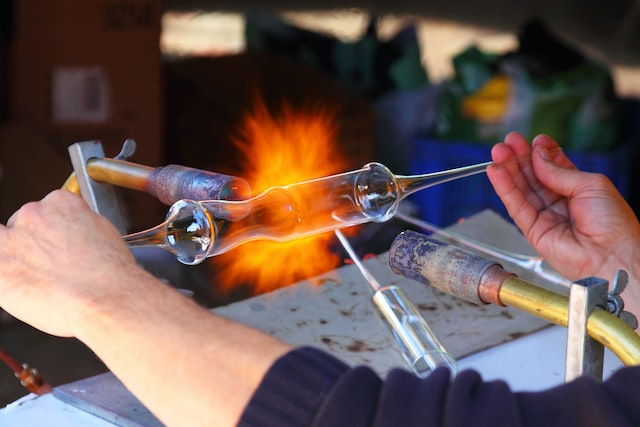Differences between three types of glass
Chemical stability
Type I glass is the most chemically stable glass that can be used for the most valuable fluids in the pharmaceutical industry like Covid vaccines and other expensive medicine. During the early stage of the Covid-19 pandemic, vaccine production leads to the shortage of borosilicate glass.
Non-toxic and safe
Generally speaking, almost all TYPE I, II, and III glass is safe and non-toxic except lead glass. Lead glass usage is now restricted in small areas like house decoration and collection due to the health risk of lead.
Cost
Type I glass is relatively the most expensive glass type of these three types of glass. Type III glass is the most widely used glass considering the slow cost. Type III glass is made up of 75% silica, 15% sodium oxide, and 10% calcium oxide. Type II and Type III glass contains higher silica percentage and use less calcium oxide.
Manufacturing
There are four common crafts of making cosmetic empty glass bottles.
- Blowing
Compress air into molten glass
- Drawing
Pull molten glass through dies that shape the glass
- Pressing
Mold the glass using mechanical force
- Casting
Use the force of gravity to force and initiate the shape of the glass
All four crafts are mature and safe, glass bottles are well tested and effective for containing cosmetic fluid.
Customization
If you want a special shape for the glass container to fit your cosmetic brand, we can offer the customization service for you with our cooperative glass factory.
If your cosmetic formula has high chemically stable requirements, we recommend using Type I or Type II glass for better storing your product. We are glad to accept customization on Type I and Type II glass for your cosmetic packaging.
Reference:
Post time: Aug-31-2022
